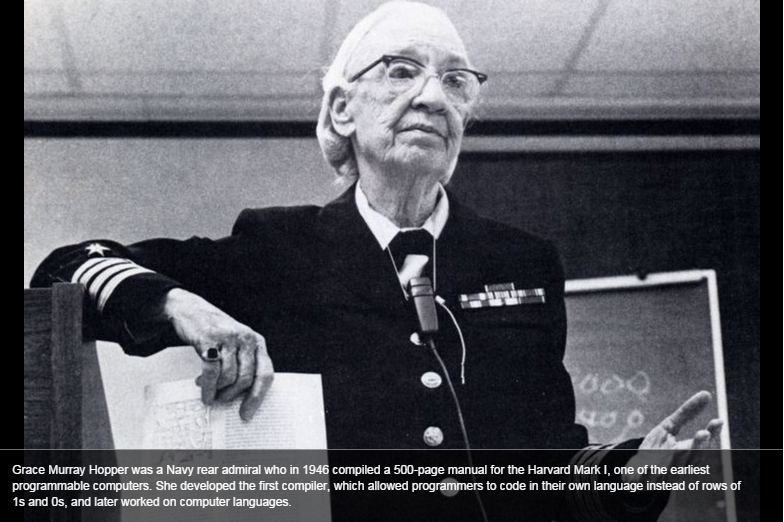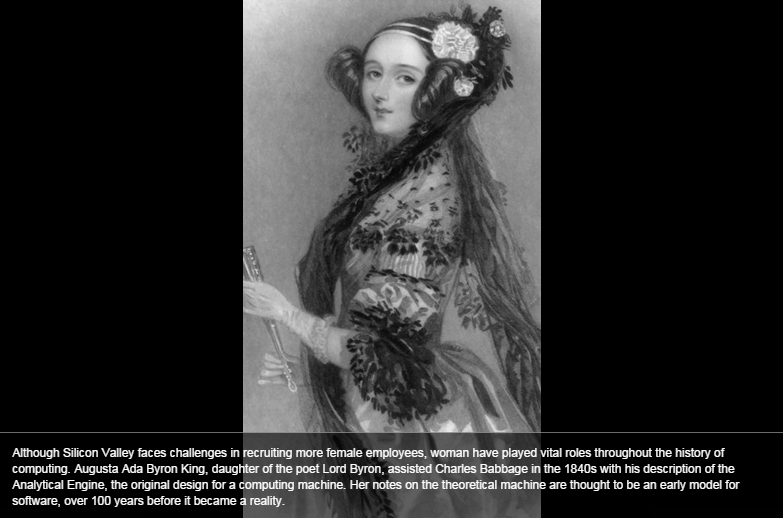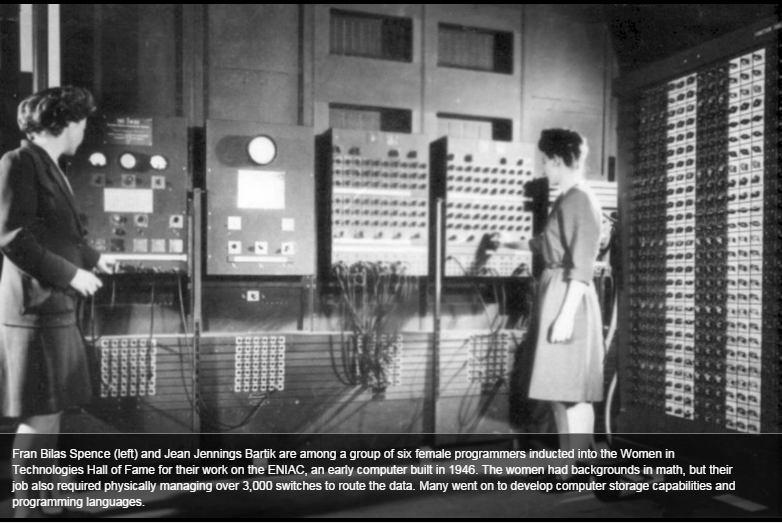Forgotten Female Programmers Who Are the Pioneers of Modern Technology
Often, you might have heard about the lack of girl’s interest in programming and mathematics and when you ever think of programming, suddenly a man’s image crosses your mind. But this article will let you know about some female personalities who are never considered in any aspect but actually they were the pearl, and formed the base of, now a day so called, Computer Programming.
Ada Lovelace
Augusta Ada King, Countess of Lovelace (life period: 10 December 1815 to 27 November 1852), commonly known as Ada Lovelace, daughter of Lord Byron was an English mathematician and writer famous for her work on Charles Babbage’s early mechanical computer, Analytical Engine. Because of this, she is known as the world’s first computer programmer. She translated an article written by an Italian military engineer Luigi Menabrea on the engine, which was further, elaborated by her and she named it “Notes” that was an algorithm designed to be carried out by the machine and also presented a vision for machine that goes beyond calculations.
She envisioned that “A computer can perform anything but logically, not just numbers but also Words, pictures and music”. She explained how can you load set of instructions on a machine and she elaborated it by solving Bernoulli’s (complex) number.
Babbage’s and Lovelace’s efforts were recognized a century later.
Jean Jennings Bartik
Jean Bartik (life period: December 27, 1924 to March 23, 2011) was one of the pioneer programmers for the ENIAC computer.
In 1945, Army was recruiting some math majors for the war effort, Bartik applied for it. She was employed to the University of Pennsylvania to work for Army Ordnance at Aberdeen Proving Ground in order to calculate ballistics trajectories and building a machine called ENIAC. Bartik gave the first public demonstration of the ENIAC:
“ENIAC was 1,000 times faster than any machine that existed prior to that time.”
The ENIAC wasn’t working properly the day before its first demo but Bartik’s team worked late into the night and fixed it. After the war, Bartik and her team worked on UNIVAC, one of the first major commercial computers produced.
Grace Hopper
Grace Murray Hopper (life period: December 9, 1906 to January 1, 1992) was an American computer scientist and United States Navy admiral. She was a pioneer in the field and among the first programmers of the Harvard Mark I computer, and invented the first ever compiler for a computer programming language. She introduced the idea of machine-independent programming languages, which was the base of COBOL, one of the first modern programming syntax. She is credited for introducing the term “debugging” for fixing computer glitches.
But the percentage of female programmer employees in that era, from close to 40 percent, is now reduced to around 17 percent.
Lovelace, Grace Hopper and Bartik all passed away and are now unknown in the books of history. But keep in mind that everything from using your phone’s calculator to this article that you are reading might not exist without the work of these women.








Comments are closed.